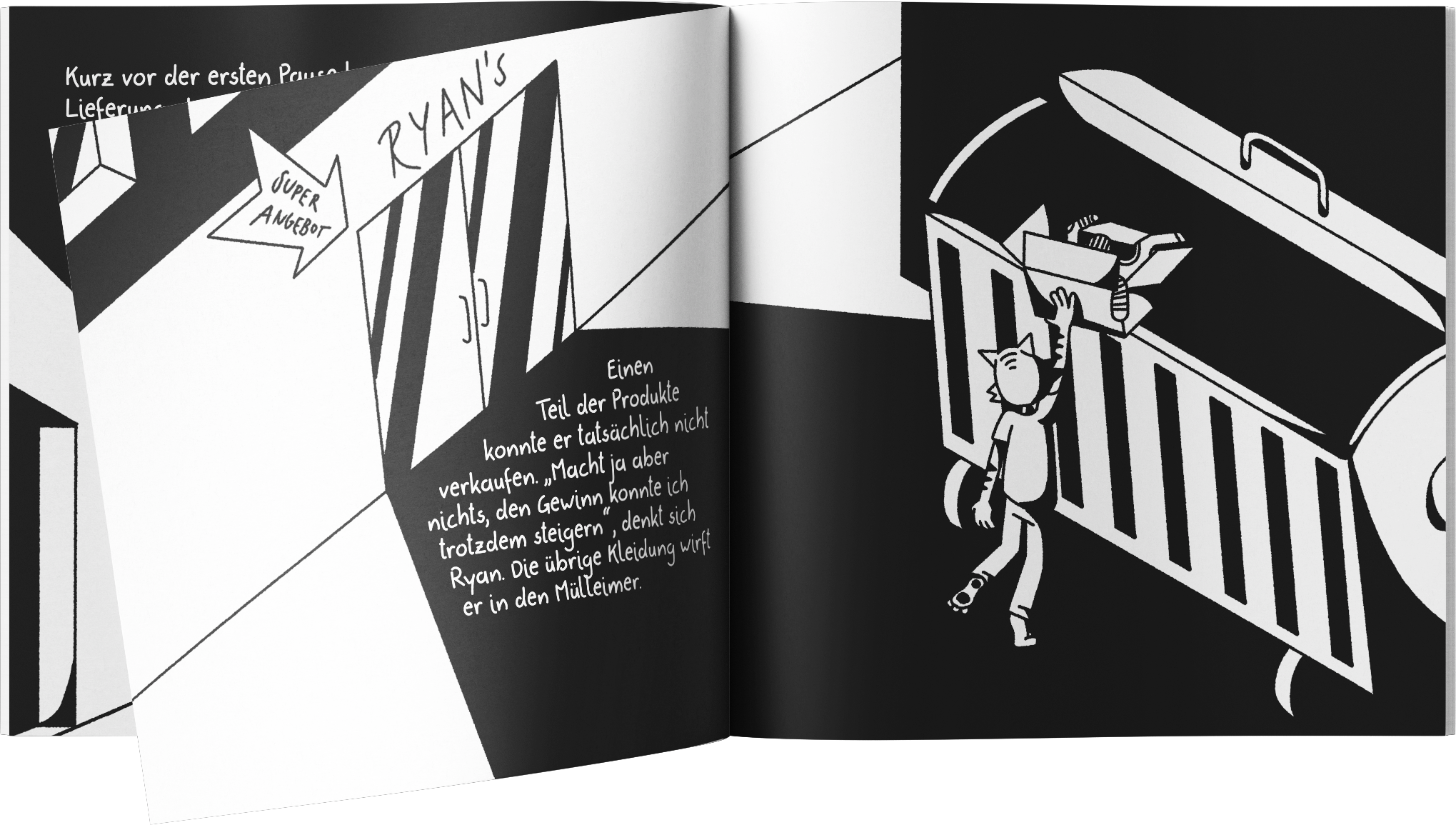2022
Bachelorthesis – „Das Lieblingskind des Kapitalismus: Überproduktion“

2024
Hostile Interior

Jahr
Titel
Jahr
Titel
Jahr
Titel
Jahr
Jan Wilzok is a designer with a focus on illustration and graphic design. He is fascinated by increasing technologization and often critically examines human-machine interactions in his work. Although he works mainly in the digital space, his work also finds application in the physical world. His designs and illustrations are realized in a variety of ways: as printed media, refined textiles or as tattooed skin.
2022 - now
Illustrator & Tätowierer
2021 - now
Co-Founder fragmented:
2021 - 2023
Co-Founder 8060
2018 - 2019
Studentische Hilfskraft Öffentlichkeitsarbeit
HTW Dresden
2015 - 2018
Schulische Hilfskraft Abgeordnetenbüro
Deutscher Bundestag
2012 - 2015
Kaufmann für Marketingkommunikation
Börsenmedien AG
Ausbildung
2018 - 2022
Bachelor of Arts Design: Produkt und Kommunikation
HTW Dresden
2018 - 2022 Bachelor of Arts Design: Produkt und Kommunikation HTW Dresden 2015 - 2018 Abitur Berlin Kolleg 2012 - 2015 Ausbildung zum Kaufmann für Marketingkommunikation Börsenmedien AG
2022

2024

Jahr
Jahr
Jahr
Jahr